Raised On Radio by Journey
Buy Raised On Radio Following the most commercially successful era for the band, lead singer Steve Perry firmly took control over Journey‘s musical direction. The ultimate result of this new direction was this […]
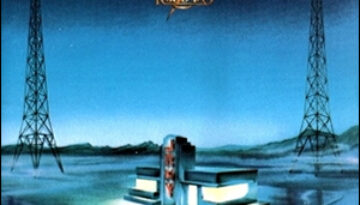
Buy Raised On Radio Following the most commercially successful era for the band, lead singer Steve Perry firmly took control over Journey‘s musical direction. The ultimate result of this new direction was this […]
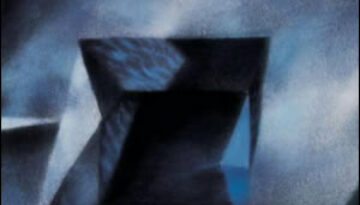
Billy Joel‘s 1986 studio album, The Bridge, represents a crossroads on many fronts. It is the seventh and final Billy Joel studio album to be produced by Phil Ramone. Ramone, starting with The […]
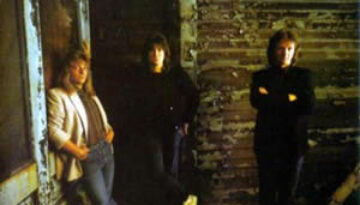
The three-piece rock band Zebra did not spend a long time on the national scene, nor did they have tremendous success while they were on that scene. But there is no doubt that […]
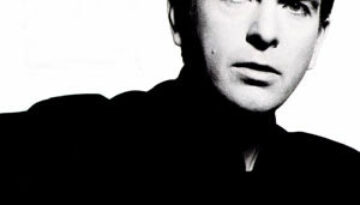
Buy So A little over a decade after departing from Genesis as their elaborate frontman, Peter Gabriel released his fifth and most successful solo album. After releasing four consecutive albums with the same […]
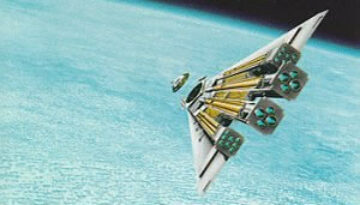
Buy Third Stage Tom Scholz is a figure unlike any other in the history of rock n roll. A natural inventor, Scholz studied at M.I.T. as a mechanical engineer. After graduating, he worked […]
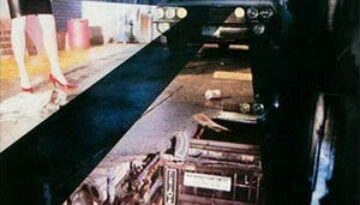
Buy Mean Business After the big success of their eponymous 1985 debut, the super-group The Firm followed up with their sophmore release in early 1986 called Mean Business, which would end up being […]
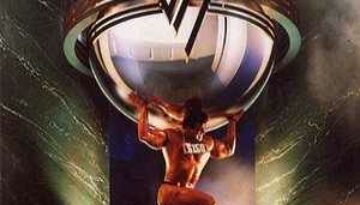
Buy 5150 With the possible exception of AC/DC, it is hard to find an example of an established rock band with a single, charismatic, lead singer that becomes even more successful once that […]
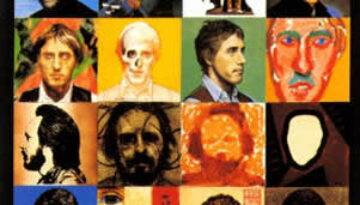
Buy Face Dances Face Dances was the ninth album from the legendary band The Who but their first without drummer Keith Moon, who died of an overdose shortly after the release of their […]
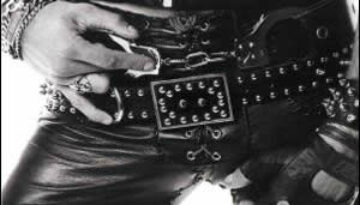
Buy Too Fast for Love Perhaps more than any other band, Mötley Crüe epitomized the “hair band” phenomena of the 1980s, with their updated version of 1970s glam. But they did have a […]
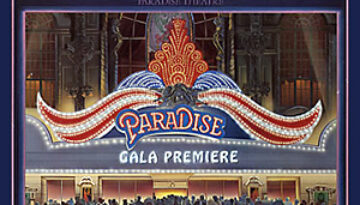
Buy Paradise Theatre At a time when the “concept album” had all but gone out of fashion, Styx released Paradise Theatre, an album that loosely couples a fairly interesting concept with some strategically […]